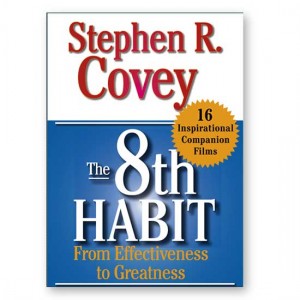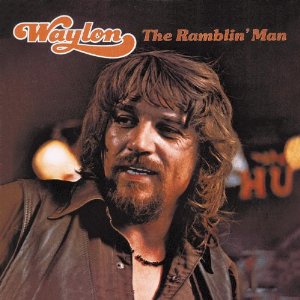Episode 99 – Know Thyself (The Tough Work Of Seeing Yourself As You Really Are)
Podcast: Play in new window | Download ()
Subscribe: Apple Podcasts | Spotify | RSS | More
Download The Podcast Or Non-Flash Playback

It’s hard to see yourself as others see you…as you really are.
Yes, that’s me in the mirror. I don’t think I look like that, but sometimes other people do.
The name of the game is awareness. Sometimes our awareness is hindered by our inability to see ourselves as others see us, or as we really are.
Let me give you three specific actions you can take to help you know yourself better. You can give yourself a better, more accurate picture of who you really are when you actively engage in all of them.
1. Use meaningful measurements
2. Seek wise counsel; ask others
3. Self-examination
Today’s show references these things:
• Fox News coverage of hurricane Irene, particularly Shepherd Smith
• Social Media Clubs, including the one in Dallas and the one in Ft. Worth
• Dallas is a pro sports town, particularly a Dallas Cowboys town
• Dallas Cowboys’ quarterback Tony Romo
• Wayne “The Great One” Gretzky
• Magic Johnson had great vision and awareness
• George DeJohn’s fitness radio show
• Episode 48 and others (I won’t take the time to list all the others, but you can search the term “strengths” here and find them)
• In episode 53 I talk about Dan Sullivan‘s concept, Unique Ability®
• One Person/Multiple Careers by Marci Alboher
• Career Renegade by Jonathan Fields
• A&E’s hit shows, Hoarders and Intervention
• The GEICO Abe Lincoln commercial
Subscribe to the podcast over at Apple iTunes.
Thanks for listening,

Episode 99 – Know Thyself (The Tough Work Of Seeing Yourself As You Really Are) Read More »
 First published in 2004,
First published in 2004, 
 My primary objective these days is to help small businesses find and grab bigger waves. Some of my clients are already remarkable, but they’re dissatisfied. They want to be more remarkable. Others are just now trying to fly and struggling to gain some traction. It’s a wide range of people, products, services, revenue levels and business models, but…
My primary objective these days is to help small businesses find and grab bigger waves. Some of my clients are already remarkable, but they’re dissatisfied. They want to be more remarkable. Others are just now trying to fly and struggling to gain some traction. It’s a wide range of people, products, services, revenue levels and business models, but… No, I’ve not “gone” country (I do love Waylon though). Nor am I going to sing on today’s show. I am, however, going to ramble a bit about an important subject (or three).
No, I’ve not “gone” country (I do love Waylon though). Nor am I going to sing on today’s show. I am, however, going to ramble a bit about an important subject (or three).
